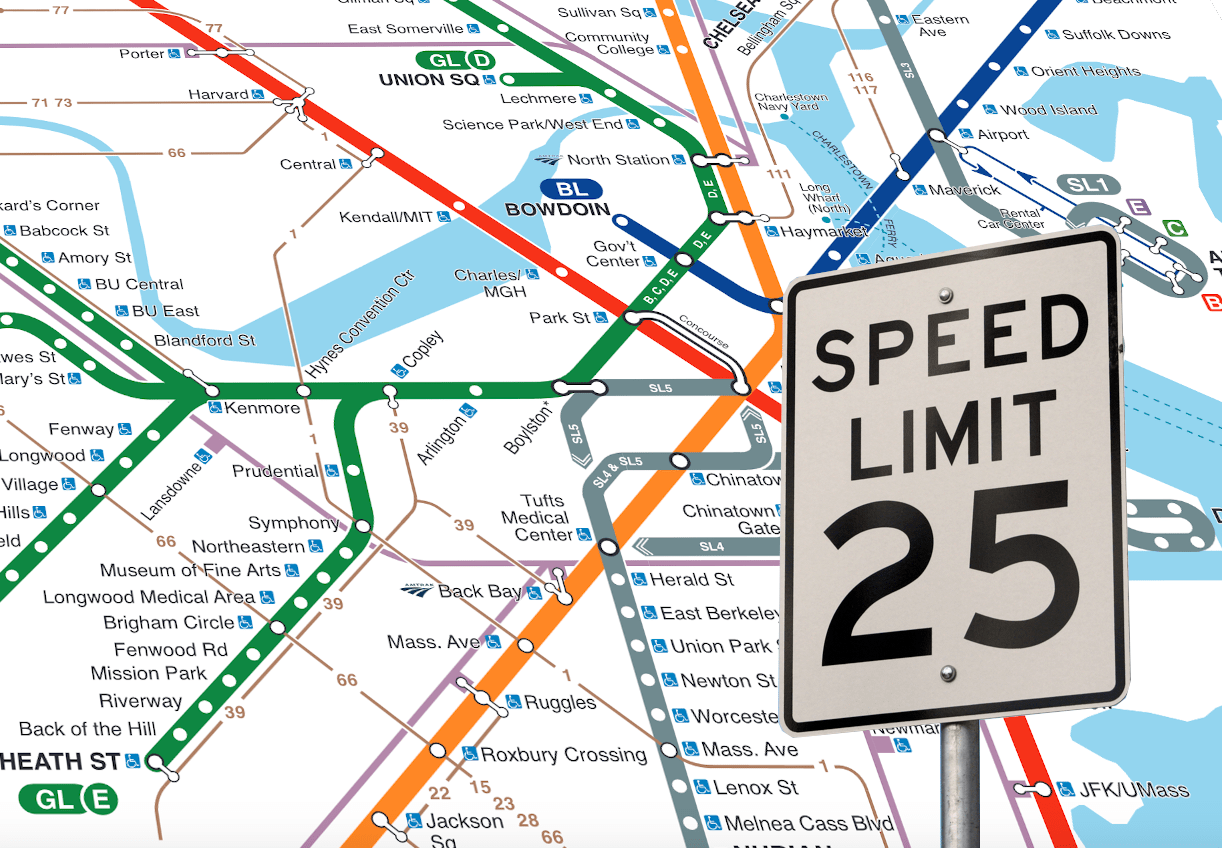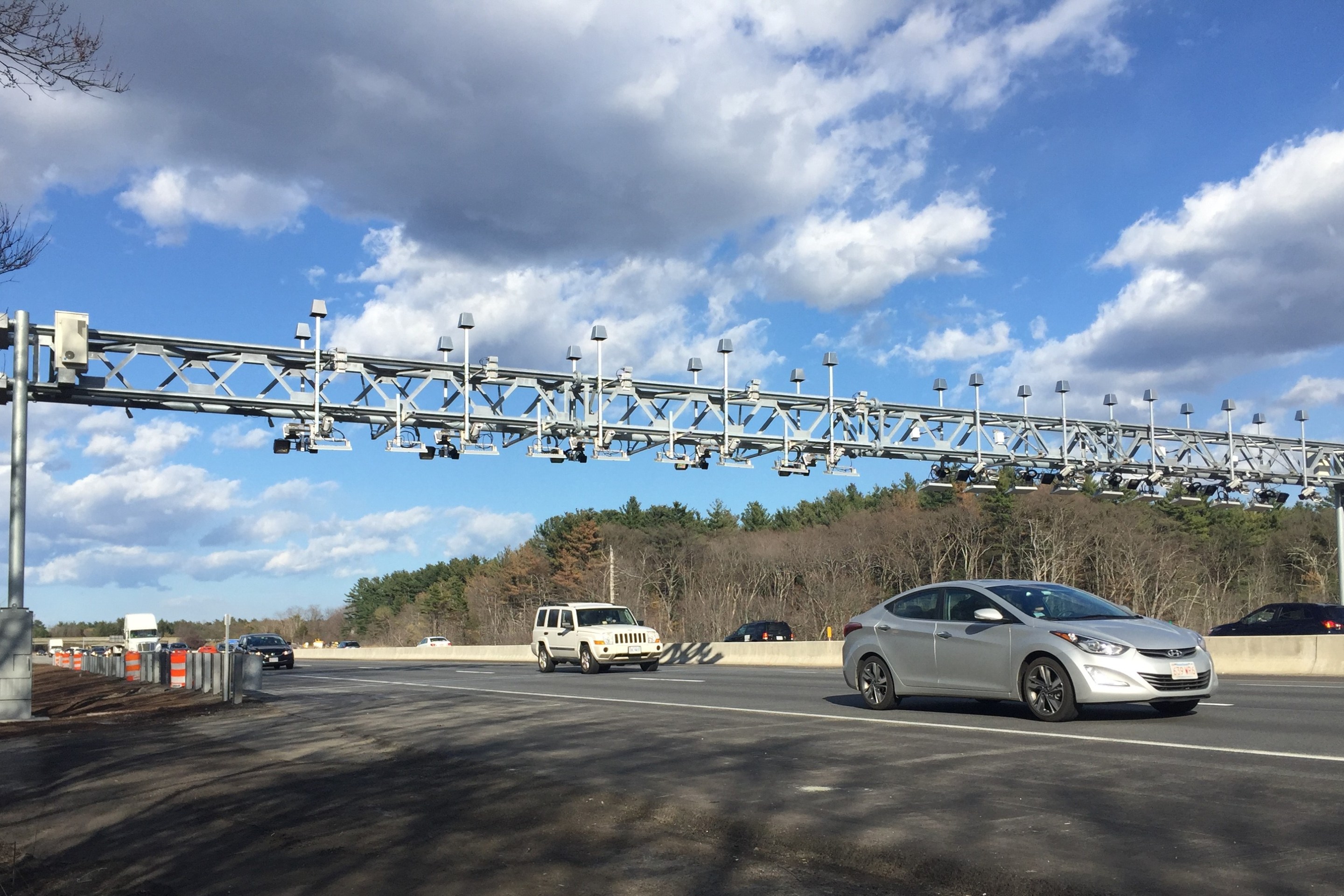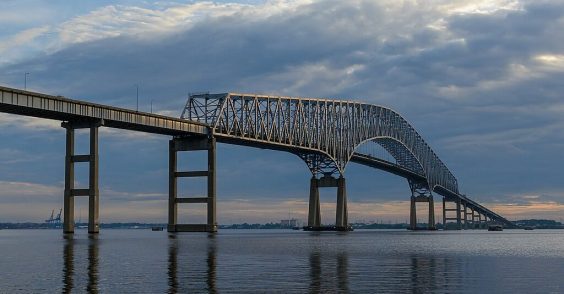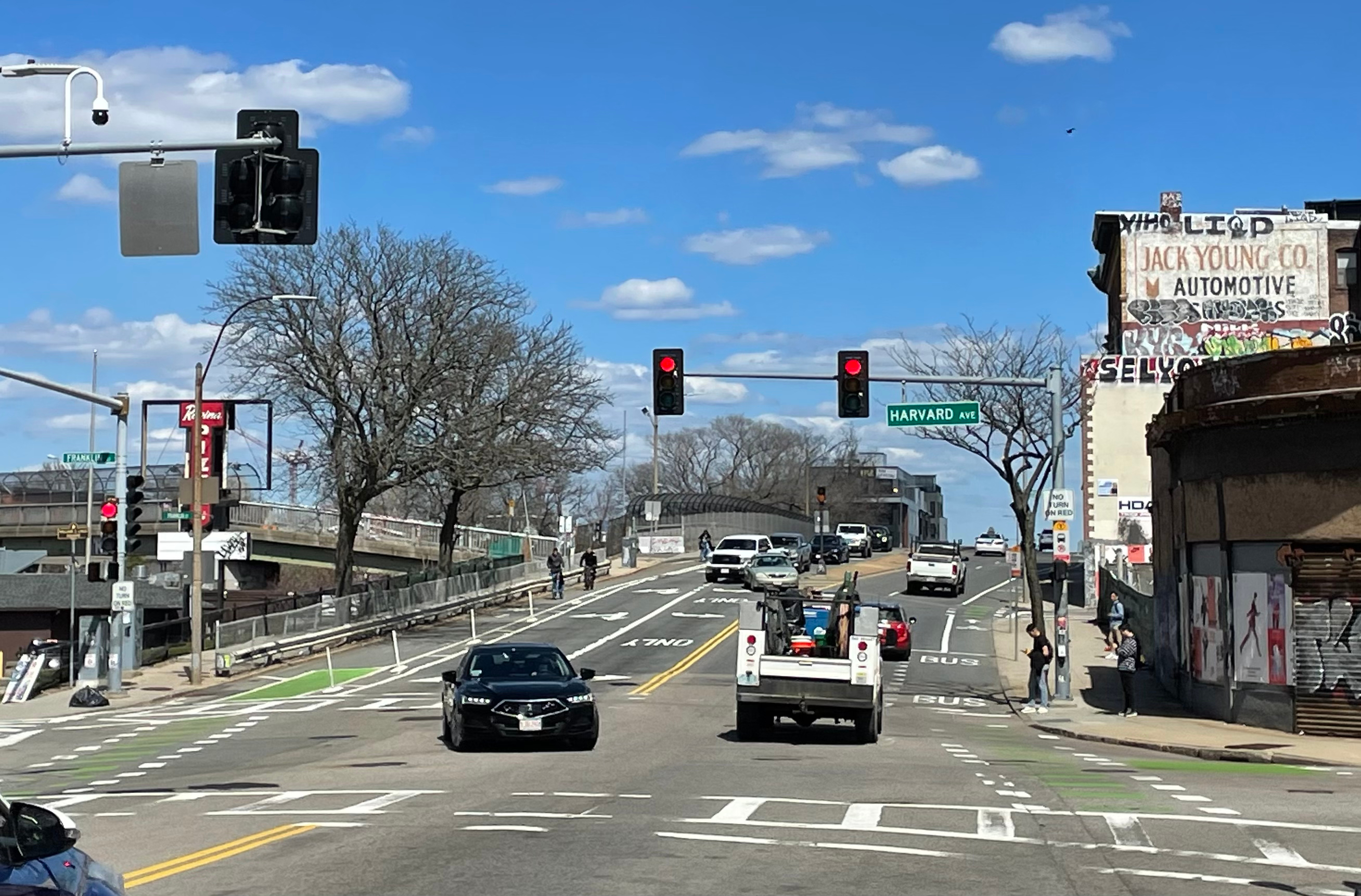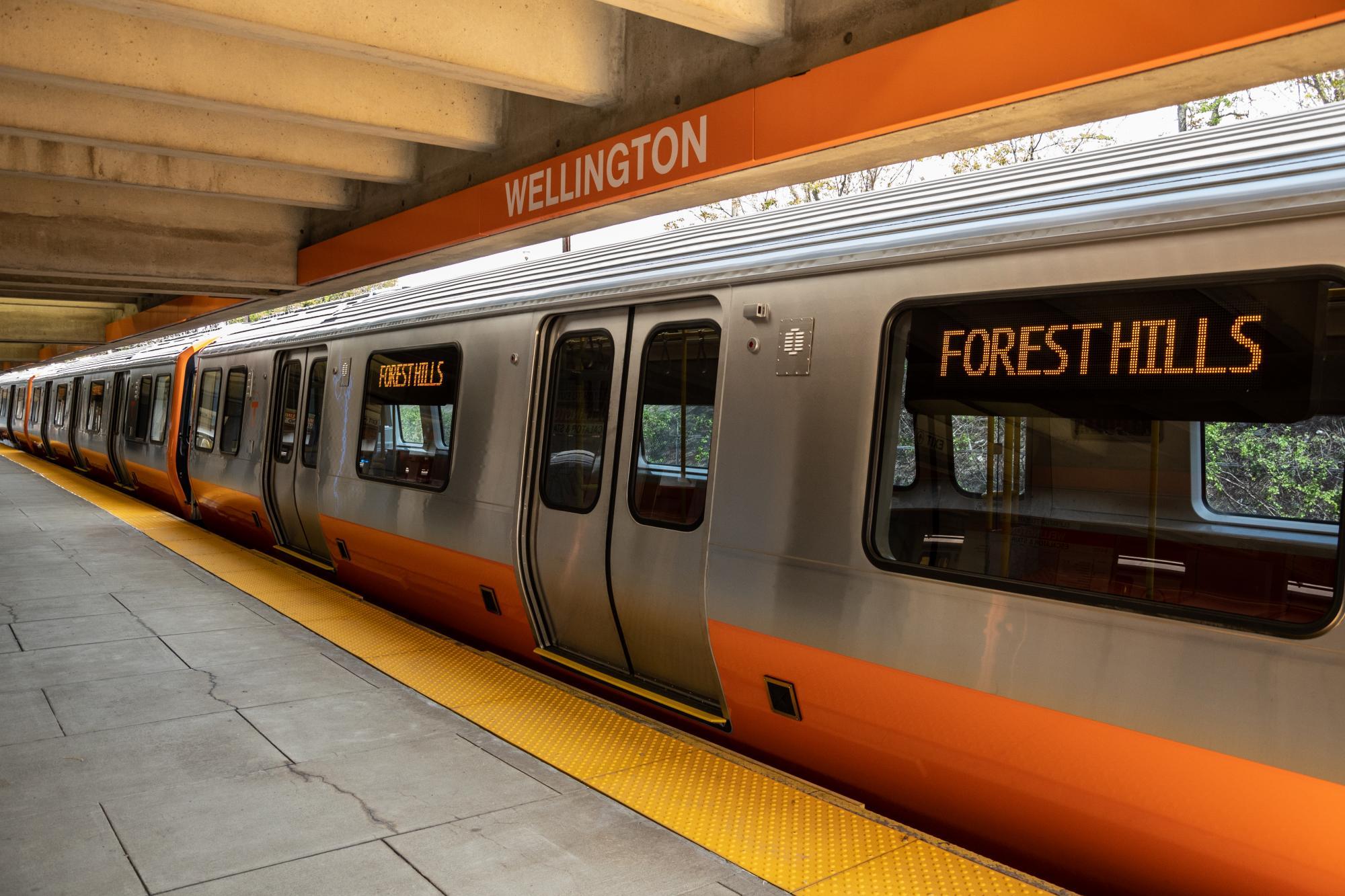Late Thursday night, the MBTA announced that it would establish speed limits between 10 and 25 miles per hour on all of its subway and light rail lines after the agency discovered inconsistencies in its documentation of track safety issues, inspections, and repairs.
"The MBTA has announced speed restrictions between 10-25 miles per hour on the Red, Orange, Blue, and Green Lines effective immediately," according to a late night press statement from the MBTA.
In a press conference on Friday morning, MBTA Acting General Manager Jeff Gonneville clarified that the systemwide slowdown was not a result of a specific issue, but more generally from a lack of certainty in how it documents track safety issues and subsequent repair work.
"Essentially, from the review that our team did in our engineering and maintenance division, at this point we did not have confidence in whether the documentation was there, or that the documentation that was available supported that these (track) defects had been mitigated."
According to Gonneville, the systemwide speed restrictions initially took hold during the Thursday evening rush hour; however, the public was not aware of the slowdown until the MBTA's press office sent their press release about the speed restrictions at 10 p.m.
"We globally, across the system, slowed all trains down until we verified and validated that all the defects that were identified during this inspection have been addressed," said Gonneville.
As of Friday morning, Gonneville said that the T had lifted the global speed restrictions on the Orange, Red, and Blue Lines (although extensive local slow zones still remain); however, the Green and Mattapan light rail lines remained under a global 25 mph speed limit.
"We are working through and conducting inspections" to update the missing documentation and remove the speed restrictions where it is safe to do so, said Gonneville.
He estimated that these inspections could take a couple of days, but warned that the T would need more time to correct track problems.
In its press release announcing the speed restrictions, MBTA officials wrote that "the speed restrictions are the result of findings following a recent site visit of the Red Line between Ashmont and Savin Hill by the Department of Public Utilities."
The Department of Public Utilities (DPU) is the state agency that's responsible for safety on the MBTA's rail lines. After a detailed safety inspection from the Federal Transit Administration last year, federal inspectors excoriated the DPU's regulators for failing to perform their responsibilities.
In February, the DPU submitted a "corrective action plan" which included an updated strategy for the DPU "to support field observations, audits, and inspections of MBTA’s rail transit system to identify safety deficiencies and require their immediate resolution."
However, at Friday morning's press conference, Gonneville made clear that the decision to impose a systemwide slow zone was his, not the DPU's, and not related to any specific safety issues that DPU inspectors found in their inspection of the Red Line.
"We are an organization right now that is at a generational moment and I feel very strongly about that," said Gonneville. "We are an organization right now that has to continue to focus on our infrastructure and updating our infrastructure... and making sure that we have the right staff in the field... also has to pivot within its culture. This issue that we're talking about today is obviously something that we're taking extremely seriously. We took the necessary corrective actions at that moment to ensure the safety of our system and the safety of our customers."
Stay in touch
Sign up for our free newsletter
